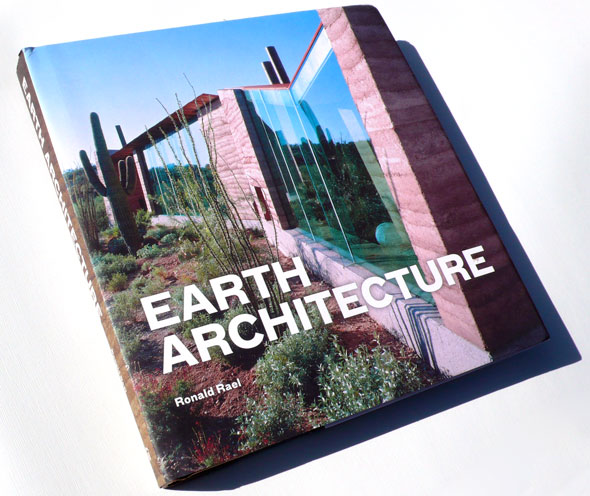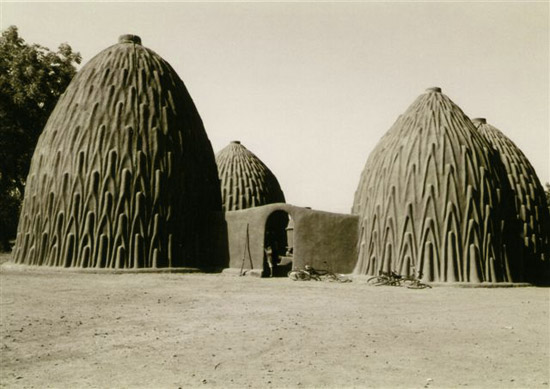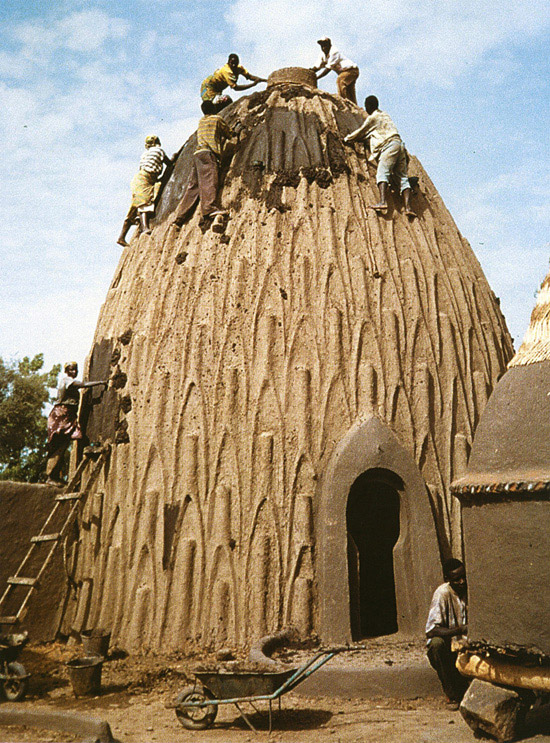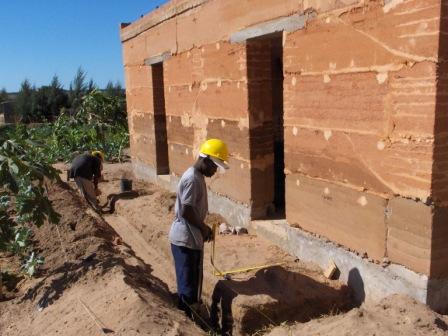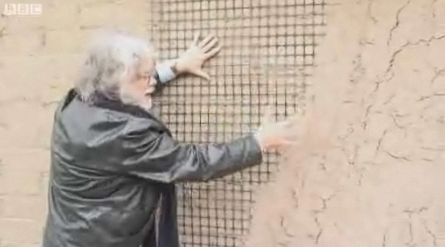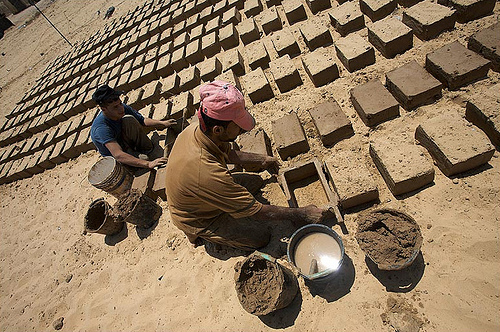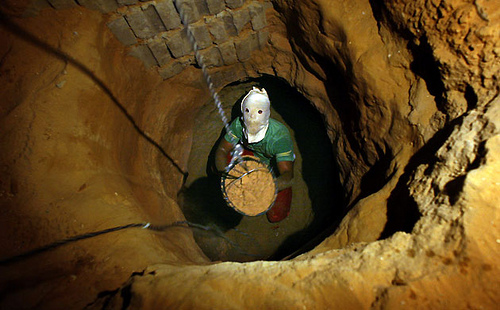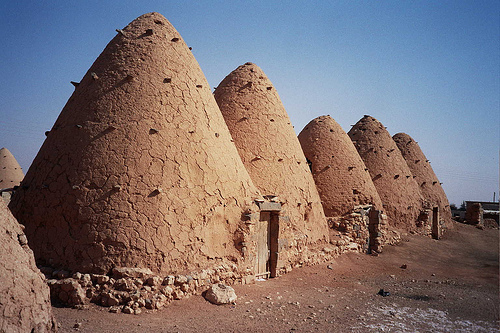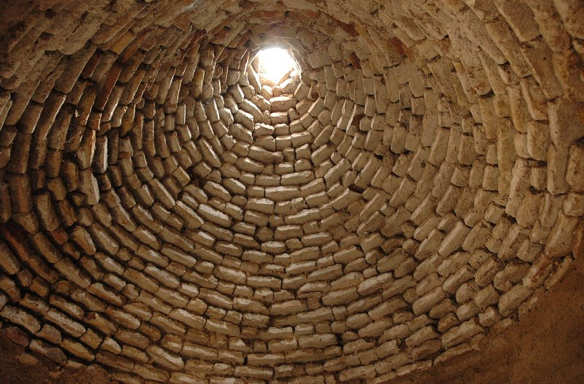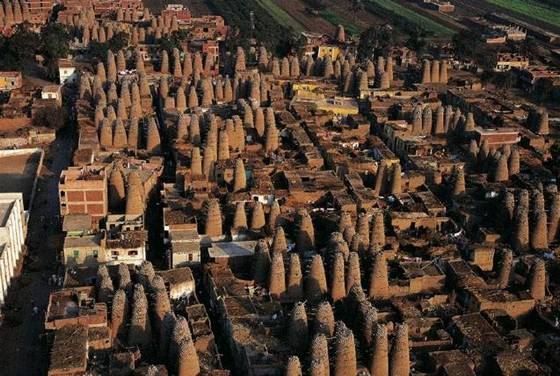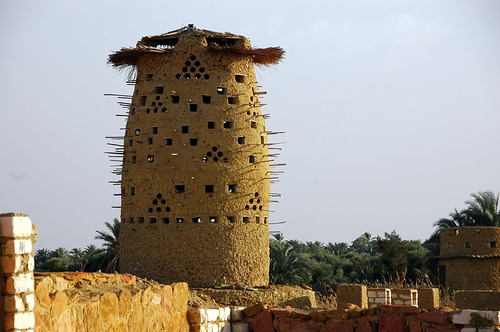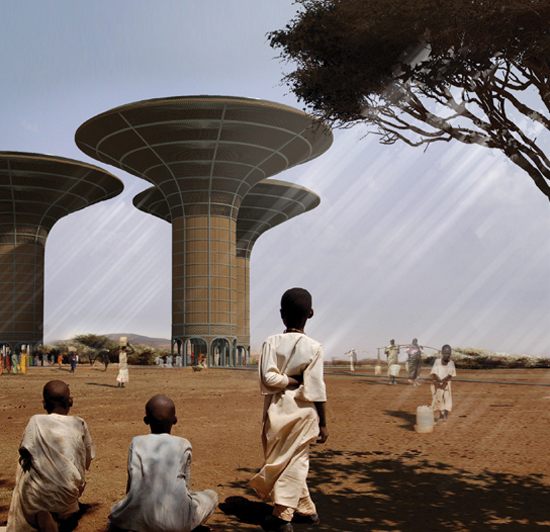
The conflict over water and land in Sudan has created political unrest for decades. However, in 2007, scientists from Boston University discovered and underground lake in the region of Darfur, Sudan. This lake is tenth biggest lake in the world (31, 000 m2) and would have great potential in resolving the conflict if managed correctly. Addressing this water issue, Polish architect Hugon Kowalski from H3AR Architect and Design recently proposed a building that allows access to underground waters through the application of water pumps. The form of the building was inspired by a water tower and also by the symbol of the African savanna—the baobab. The building houses water pumps, a treatment plant but also a hospital, a school and a food storage center. This building is meant to provoke economical development but also stimulate cultural exchange and the coexistence of the three different religions and languages in Sudan.
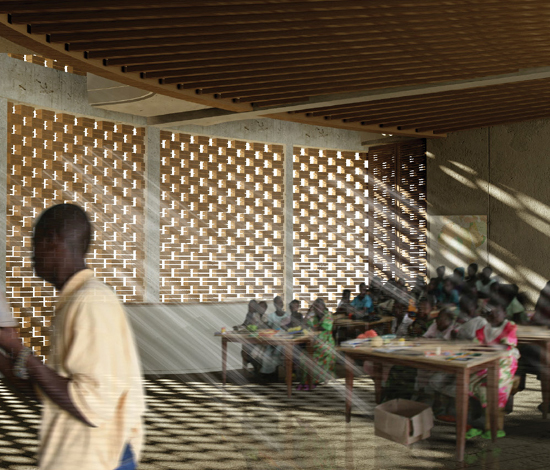
The building walls are constructed using compressed dry stacked clay bricks, made on site using a rough mixture of earth, cement and water. The bricks would be baked in the hot sun, thus, requiring no extra energy and limiting the environmental impact of the materials. The choice of using this technology represents the desire to introduce alternative and sustainable technologies within a context that is tied to standardized though not always optimal building practice.

Two water circulation processes would be in place. First set of extracted water is meant to heat or cool the building, and is accessible to the users. Second, set of extracted water is used for the building itself (i.e. kitchen, toilets).
More at designboom.com
Buy Earth Architecture if you live in the following countries::
| Germany
| U.K.
| France
| Canada
| Australia ]


